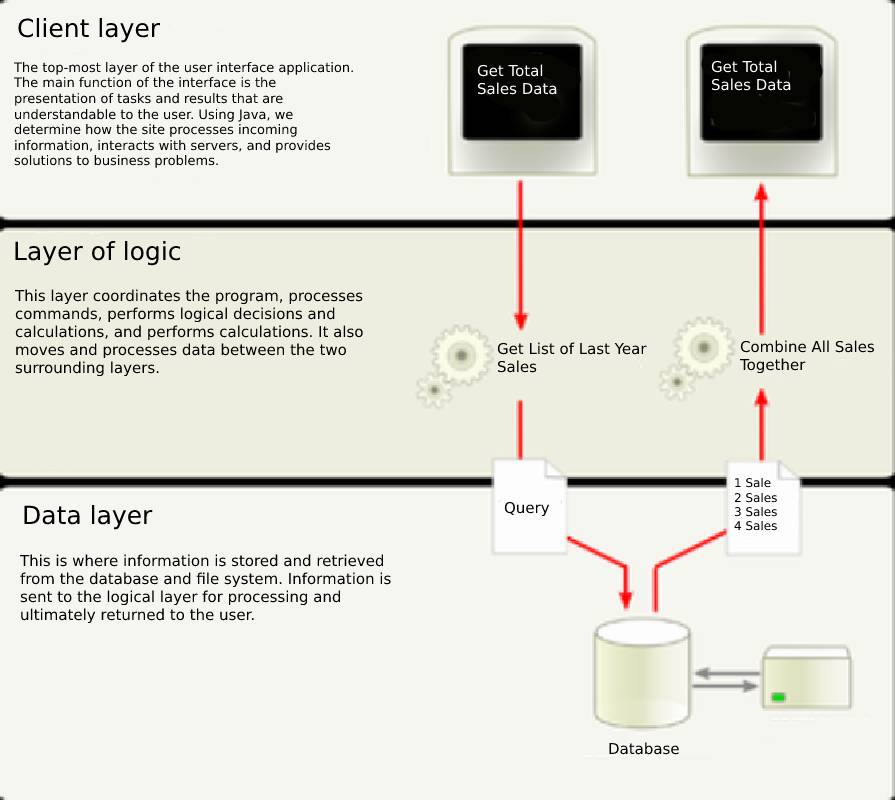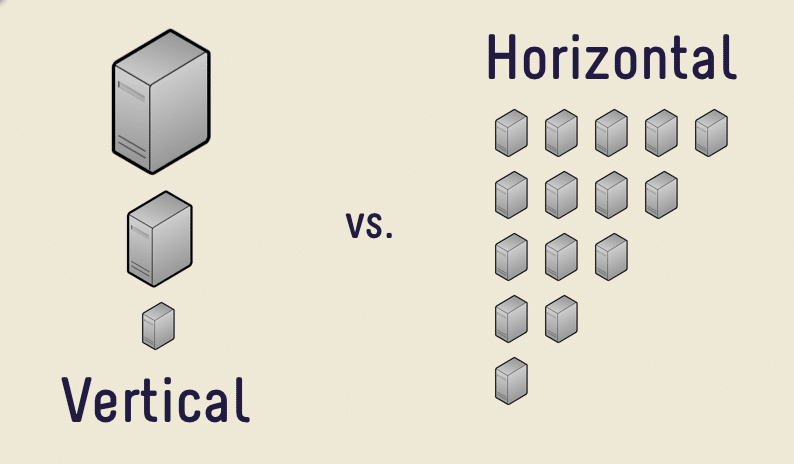-
01
Type of technology
Java programming language
-
02
Tasks we solve
Website backend, structure, and logic.
Analysis and storage of large amounts of data.
-
03
Types of companies suitable for
Fintech, MedTech, telecom
Banks, Exchanges
Crypto currencies, Blockchain
Entertainment portals
Web-applications, games, mobile applications
Niche services
-
04
Results
Logical code structure
Different platforms
Fast data processing
Security
Open-source libraries
Community
Why choose Java?
Java is one of the three most popular programming languages, and here’s why:
Object oriented approach. Java consists of objects, which are independent blocks that have their own properties and functions. Each block is programmed independently of the others. It’s easy to change or reuse them without breaking the logic of the entire system. This allows you to develop large, but flexible, scalable applications.
Cross-platform. Program in Java in platform using independent bytecode. Thanks to JVM (Java Virtual Machine), the code runs on any computers, phones, trackers, and TVs. Java code is used to create software for terminals and ATMs.
Ecosystem. Open-source libraries are available to Java developers, where numerous users test and modify the code. In some cases, you can customize the solution for your task.
Security. There are ways in a Java program to restrict access to other parts of the operation system or communication with other servers. This prevents data leakage, which is why Java is used for payment systems and money transfer services.
Price. Ready-made software licenses for processing large amounts of data ultimately cost more than developing your own Java solution.
Tasks we solve with Java
We create sites and applications in Java for companies that process large data streams.
Backend development and organization of site logic. In Java, we describe how the service should function. For example, how the target action is performed, and what messages are displayed in the case of success or failure.

Transfer of data from external services to internal servers for subsequent storage and analysis. We use Hadoop technology as part of the MapReduce computation framework. This helps to process data in parallel, and independently of each other, on different servers of low and medium capacity, and then collects the results into a single whole.
The technology helps companies to quickly process incoming data from a visitor, such as filling out forms and applications. With Hadoop, a company doesn’t have to buy supercomputers when the amount of data increases.

Updating the program if you need to scale the business, and speed up analysis of the data obtained. We’ve improved the statistics and data processing system for an application for a large research company. The company surveyed healthcare providers using a variety of search criteria and filters. The data was inconvenient to analyze and store. The servers could not cope due to the load on the processor and a lack of memory.
We rewrote the application in Java and transferred all the information about doctors to the new software. Instead of scaling the system vertically, by increasing the capacity of the servers, we scaled horizontally, by combining low-capacity servers into clusters.

Solving small tasks to improve the service. For example, we created a convenient module for processing reports for the advertising platform to store data about the advertising campaign of users, their bids, and settings.

